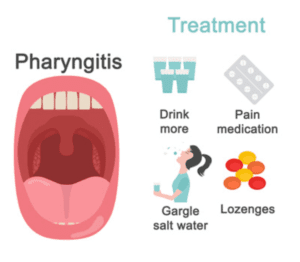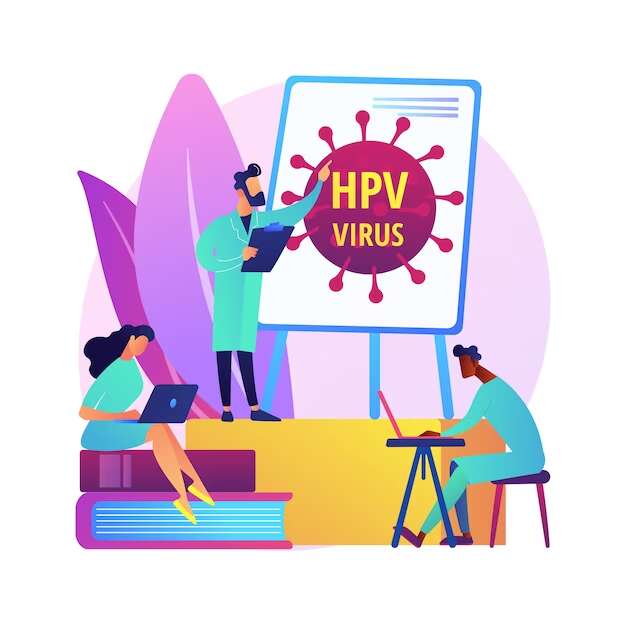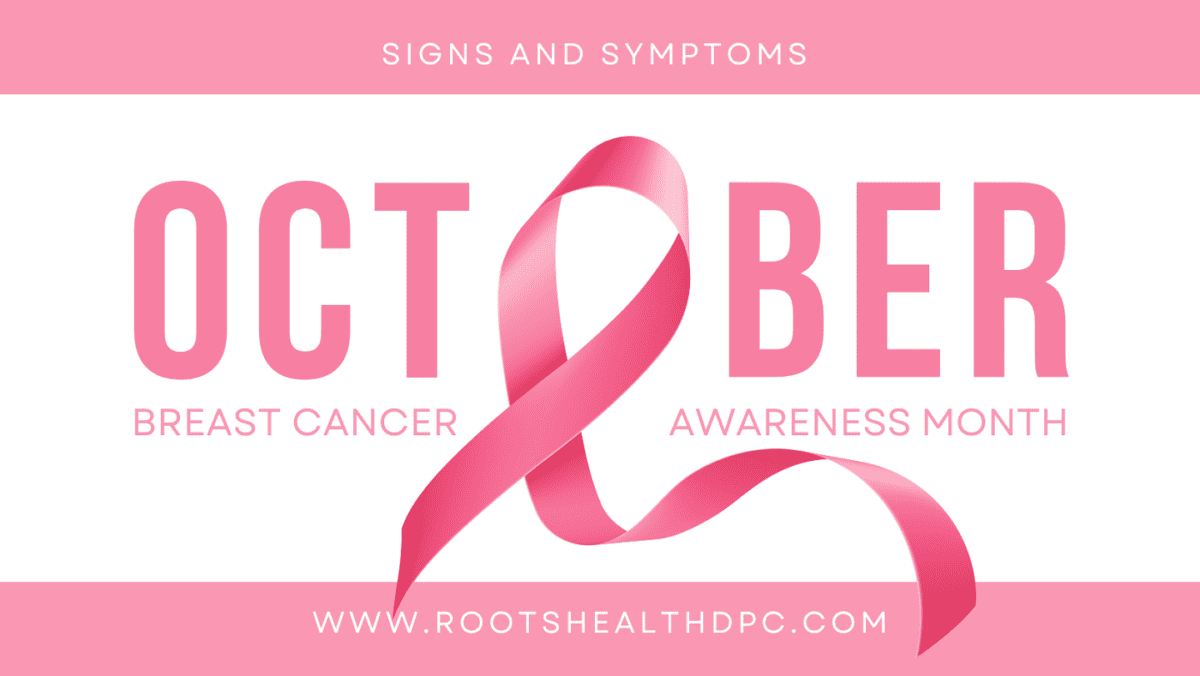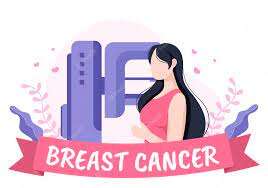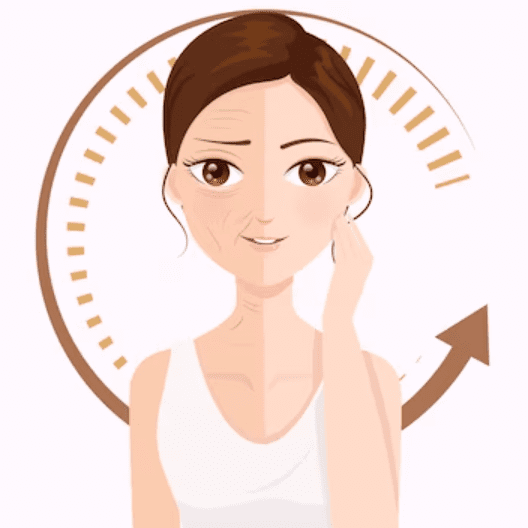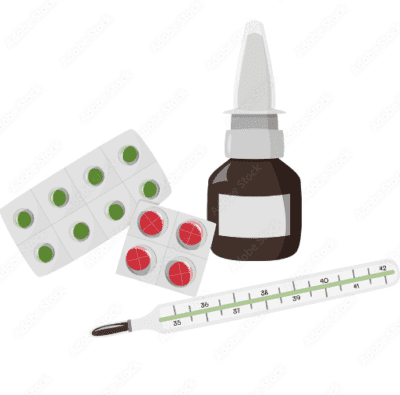Causes, Treatments, and Complications
Heartburn: WHAT it is and WHY it happens
Heartburn, commonly known as indigestion, can occur after we eat. Acidic stomach contents can squeeze back up into the esophagus, causing reflux—a burning sensation behind the breastbone that we experience as heartburn.
What are Common Causes of Heartburn?
- Eating a large meal
- Excessive consumption of coffee or alcohol
- Pressure on stomach (from vigorous exercise after eating or advanced pregnancy)
How to deal with occasional heartburn?
For occasional heartburn in healthy individuals, simple measures such as taking antacids and avoiding lying down after a meal are often sufficient.
What if Heartburn is Persistent? A more targeted approach may be necessary.
- In Overweight People: heartburn can be improved through weight loss.
- Smoking cessation lowers symptoms of heartburn
- Avoiding certain foods that provoke heartburn like caffeine, alcohol, and fats.
- Elevating the head of the bed can improve symptoms

You should always speak to your physician about your symptoms and be evaluated for any complications
Are there any serious complications from heartburn?
Ongoing chronic esophageal exposure to gastric juices can lead to complications such as:
1. Esophagitis: Inflammation of the esophagus
2. Ulceration: Bleeding, scarring, and stricture (narrowing) of the esophagus
3. Barrett’s esophagus: A pre-cancerous condition associated with an increased risk of lower esophagus cancer.




